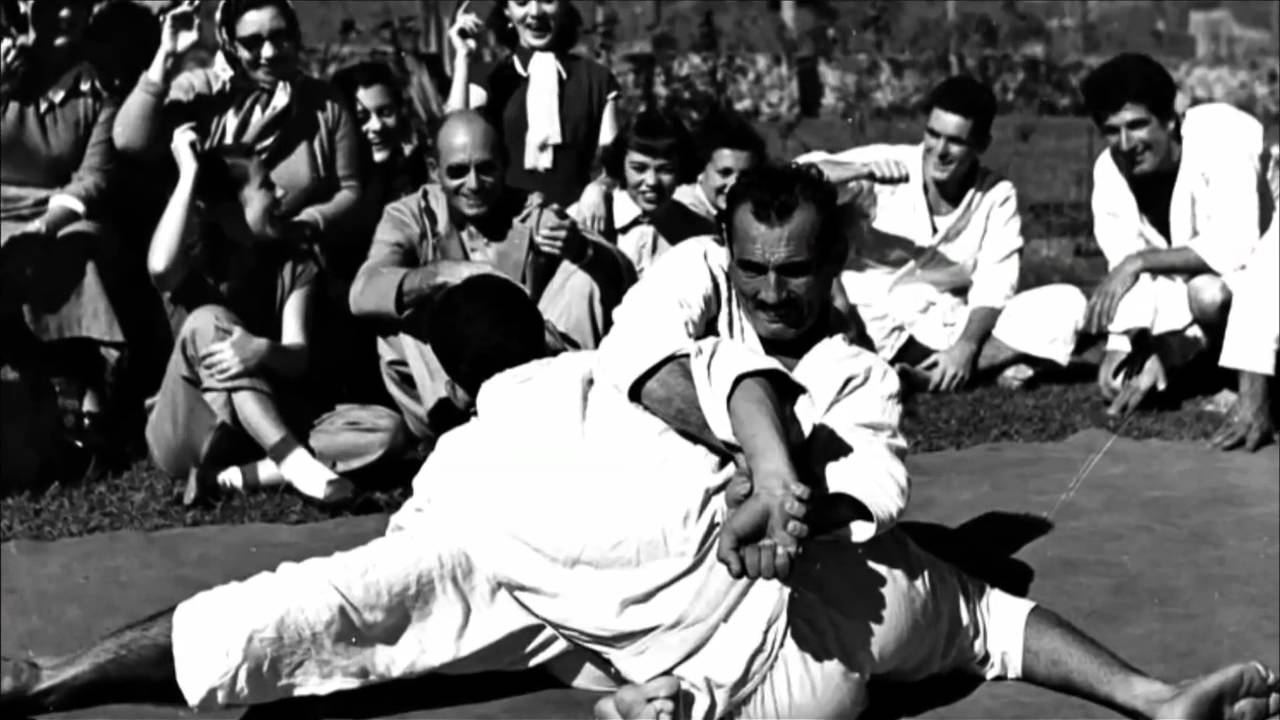Did you know that Jiu Jitsu, now one of the most widely taught martial arts worldwide, was once considered a forbidden art, restricted to a select few? The journey of Jiu Jitsu from its ancient roots to becoming a global phenomenon is a fascinating tale of evolution and perseverance.
Origins and Early Development
Approximately 500 years before Christ, in the heart of India, the birthplace of many religions, Buddhist monks developed self-defense forms rooted in the philosophy of Buddhism. These techniques focused on balance, the body’s articulation system, and levers, emphasizing intelligence over brute force. As Buddhism spread, these techniques reached Japan, where they evolved within the samurai schools, becoming a mandatory subject for those aspiring to become samurai.
Forbidden Art in Feudal Japan
In feudal Japan, where a strict warrior caste system prevailed, Jiu Jitsu gained prominence within the samurai class. However, it was during this time that the Japanese emperor, recognizing the effectiveness of Jiu Jitsu in unarmed combat, prohibited its teaching to non-Japanese. The reasoning was clear – if foreign adversaries mastered these techniques, they could potentially gain an advantage in battles or at least neutralize the Japanese warriors.
The decree remained in force for centuries, with severe consequences for those who dared to defy it. Disobeying the prohibition was considered an act of treason, punishable by death. Families faced the loss of all possessions, and their homes were burned down. This strict enforcement underscored the perceived importance of keeping Jiu Jitsu exclusive to the Japanese.
Jiu Jitsu Beyond Japan
The turning point for Jiu Jitsu came with the introduction of Western culture in Japan during the Meiji era (1867-1912). As firearms emerged as a more efficient means of combat, traditional martial arts, including Jiu Jitsu, fell into relative disuse. Amidst these changes, some Jiu Jitsu masters migrated from Japan to other parts of the world, bringing the teachings of this ancient art with them.
Spread of Jiu Jitsu in Brazil
Jiu Jitsu in BrazilIn 1914, Mitsuyo Maeda, also known as Conde Koma, arrived in Brazil and began teaching Jiu Jitsu. Gastão Gracie, father of Helio Gracie, was among his students. The Gracie family played a pivotal role in not only popularizing Jiu Jitsu in Brazil but also refining its techniques. The art, once forbidden in Japan, found a new home and thriving community in Brazil.
Globalization of Jiu Jitsu
Fast forward to the present day, and Jiu Jitsu has transcended borders, becoming a global phenomenon. The Gracie family’s dedication and the contributions of various practitioners have led to the establishment of championships and tournaments around the world. In countries like the United Arab Emirates, Jiu Jitsu is even included as a mandatory subject in schools.
From its origins in ancient India to being considered a forbidden art in feudal Japan, Jiu Jitsu’s journey is a testament to its resilience and adaptability. Today, as a celebrated martial art with a global following, Jiu Jitsu’s evolution reflects the transformative power of cultural exchange and the human spirit’s pursuit of knowledge and self-improvement.




















